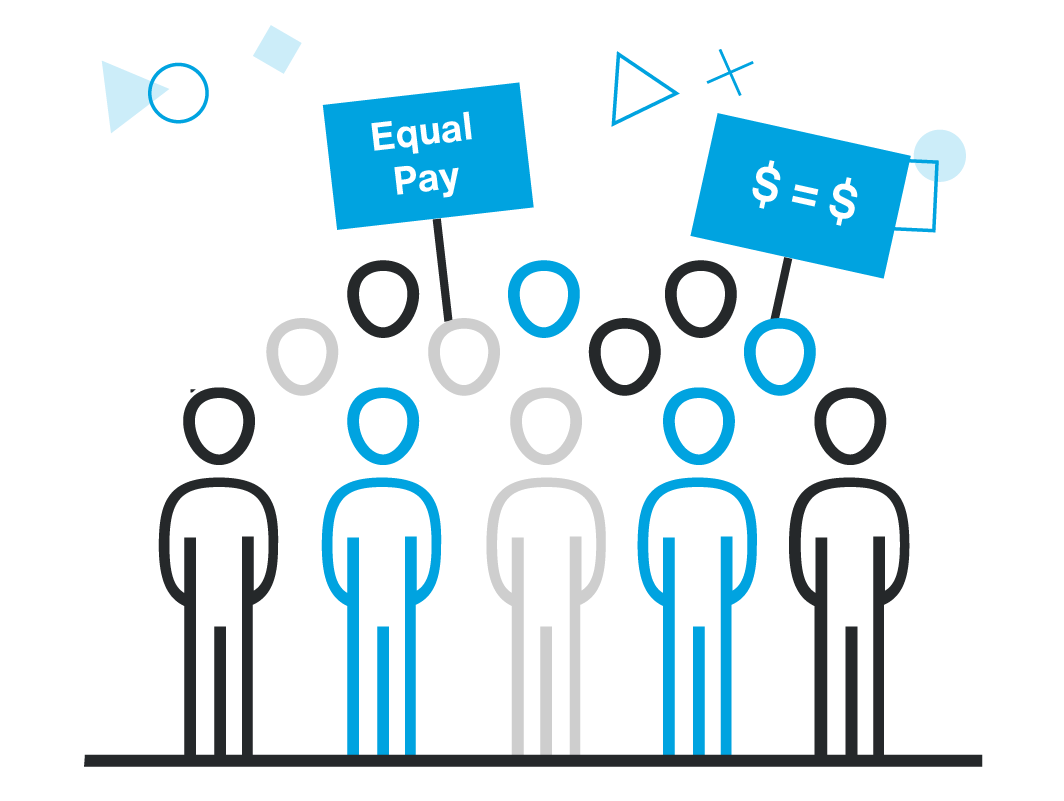
![]()
Pay equity litigation is proceeding apace despite the COVID-19 pandemic, and claimants are raising critical issues pertaining to the Equal Pay Act of 1963 (“EPA”). The EPA requires that an employee claiming gender-based wage discrimination first demonstrate that employees of the opposite sex were paid different wages for substantially equal work. To show that the claimant and equal pay “comparators” performed equal work, the controlling factor is the actual job duties performed, which are analyzed on a case by case basis. The stakes are high in this regard. Without an appropriate comparator, a claimant’s equal pay claim will fail. But it turns out that identifying such equal pay comparators is particularly tricky in some sectors of the American workforce.
The Ninth Circuit Court of Appeals recently heard oral argument—in a virtual forum—on the issue of whether a highly distinguished female psychology professor was underpaid relative to her male colleagues. At the lower court, a federal district judge found that Professor Jennifer Freyd, a “remarkable teacher and well-respected scholar” with over thirty years’ experience, failed to identify suitable comparators to establish her equal pay claim. In her lawsuit, Professor Freyd identified four different potential male comparators, all professors in the Psychology Department at the University of Oregon, who received higher compensation than she did.
Yet, the central focus of the decision was the distinctions present in the comparators’ job functions when compared to Professor Freyd’s. In other words, the District Court found that, for various reasons, each of the male comparators identified by Professor Freyd were incomparable for purposes of the EPA. At the outset of its opinion, the Court acknowledged that higher learning may present a unique set of obstacles for claimants seeking redress for gender-based wage discrimination: “When applied to a university setting, the notion of ‘equal pay for equal work’ has unique complexities that are not found in other institutions.” In academia, for example, professors are encouraged, but not required, to take on administrative and community engagement roles which can significantly impact their job functions.
To take one example in detail, the Court considered a psychology professor who, unlike Professor Freyd, served as a Director of Clinical Training—an administrative role involving curriculum development, staffing issues, and organizing supervision of students completing clinical programs. These administrative duties were sufficient to the court to establish that this comparator was unsuitable for comparison to Professor Freyd under the EPA.
All this begs the critical question of how to establish a comparator under the EPA for highly technical professions like academia. Are professors sufficiently distinct in their job duties to effectively preclude EPA claims? A decision from the Fourth Circuit Court of Appeals, Spencer v. Virginia State University, reinforces the lower court’s reading in Freyd. In Spencer, the Court noted that “Professors are not interchangeable like widgets.” But, as the Equal Rights Advocates argued as amicus curiae (“friend of the court”) on appeal in the Freyd case, the District Court’s decision, if affirmed, “would effectively read out large swaths of the American workforce from the protections of the Equal Pay Act…”
The EPA is certainly not without its flaws. The Ninth Circuit’s recent decision in Rizo v. Yovino exposed the issues inherent in what is known as the EPA’s “catch-all” affirmative defense. Prior to that ruling earlier this year, employers in the Ninth Circuit’s jurisdiction could rely on salary history as a “bona fide factor other than sex” to defeat an EPA claim. This reality ignores the social and systemic forces of discrimination which depress women’s wages over the course of their careers. The employer in Yovino, a California school district, has submitted a petition for writ of certiorari to the U.S. Supreme Court.
Ultimately, many court watchers will be waiting with a high degree of anticipation for the Ninth Circuit’s ruling in Freyd. Yet, regardless of the outcome, what the Freyd case highlights is the need to update the country’s equal pay laws to fit the current times. The Paycheck Fairness Act is one attempt in this regard, but has languished in Congress. As the US Supreme Court has noted, the EPA is a “broadly remedial” statute. It just may not be broad enough.



